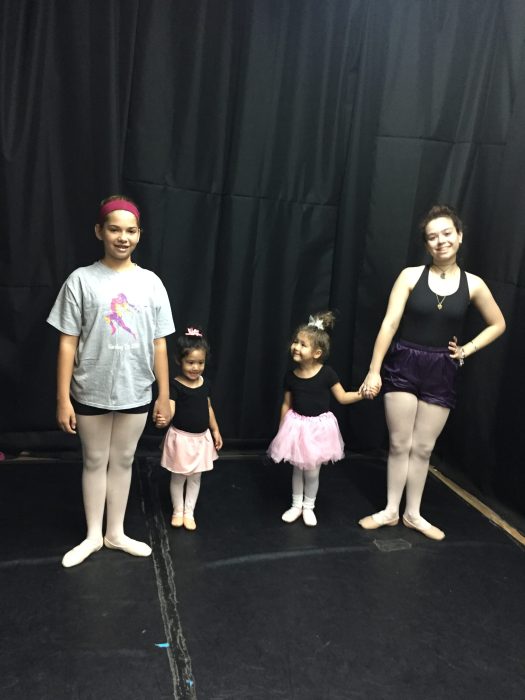
The back of Tri-County Bazaar. Abandoned buildings along Hempstead Turnpike. The Village Green. The ‘cow,’ otherwise known as the Dairy Mart just off Division Avenue.
This is just the beginning of what could be the end. These are areas where people get high or drunk in Levittown.
There is no specific way to become addicted to opioids.
“This year so far, I think we had four fatal overdoses since January and last year, we had five total for the year,” Corinne Alba, director of prevention and outreach at the Youth Environmental Services (YES) Community Counseling Center in Levittown, said. “So if we’re halfway through already, it’s not looking good.”
 Since Father Ralph Sommer, pastor of Saint Bernard’s Roman Catholic Church, arrived in Levittown six years ago, he immediately realized there was a problem.
Since Father Ralph Sommer, pastor of Saint Bernard’s Roman Catholic Church, arrived in Levittown six years ago, he immediately realized there was a problem.
“I was concerned at the number of funerals we were doing because of opioid overdose deaths,” the pastor said. “To date, in six years, we have buried 28 people who died from overdoses and 21 of them were parents.”
Levittown is experiencing an epidemic, just like the rest of America. Families are losing loved ones all too soon, and the opioid crisis is due to a number of factors, including accessibility, peer pressure, demographics and more.
“Initially, the opioid crisis struck whites, because they were the ones with the best access to the pharmaco-medical system and thus they were the ones with prescription opioid bottles in their medicine chests,” David Herzberg, a professor at University at Buffalo, said.
Herzberg is an expert on drugs in pop culture, street drugs and drug wars. The reason he brings up the Caucasian population is because Levittown is historically white. Data from the United States Census Bureau states that of Levittown’s more than 51,000 residents, approximately 84 percent of the population identifies as white.
“Drugs have always been ‘big things’ in suburbia, because suburbanites have always had privileged access to the medical system,” Herzberg said. “Thus, they experienced plenty of opioid addiction in the first wave (1870s-1920s); barbiturate/tranquilizer addiction mid-century (1920-70s); amphetamine addiction mid-century (1940-70s) and opioid addiction since the 1990s.”
This epidemic has been ongoing for decades, but due to stigmas surrounding addiction, people remained silent. They were afraid to speak up. In 2019, people do tend to feel more comfortable about discussing mental health.

But now, the epidemic has reached new horizons in Levittown, no different than the rest of the country.
“We have a large adolescent program for kids under 18 who are abusing substances,” Alba said. “We’ve seen young kids come in who are addicted and they live the perfect life. Someone can get injured in a sport, get addicted to a pill and now, they’re addicted to heroin.”
The YES Community Counseling Center, which has offices in Levittown and Massapequa, has seen it all first-hand. As part of the organization’s many group discussions, a large portion of attendees are those under 18.
In the annual New York State opioid report released last year, there were 191 overdose deaths in Nassau County alone in 2017.
“It’s inherent that when you don’t belong or you don’t feel good about yourself, you go do something else,” Adrienne LoPresti, an assistant director at YES, said. “Now, we have all of those things that have always existed, in addition to living in a world where there is a greater accessibility because of electronics. There are also greater pressures and stressors in terms of a more competitive society. The combination of lower threshold, higher stress levels and accessibility all ends up to substance use.”
Fifteen years ago, the Levittown Community Action Coalition was created, spun off from a program within the local schools. The coalition started with about 10 community members and has since grown to 20, with committees formed to help different areas within Levittown, focusing on community education, interfaith outreach, underage access (called Project 21) and schools.
“If we’re spreading the word, it’s like planting the seeds and if we spread the word that’s how you start to see the change little-by-little,” Alba said. “Being able to measure that change over the years is how we’re going to see it and we’re hopeful for that. There’s no quick fix and that’s for sure.”
Each year, the coalition sits down to map out areas in which community members have seen illegal drug use. But the issue goes beyond what they call “community mapping.”
“Kids will report using in their friends’ homes,” LoPresti said. “Most kids get opioids and pills from their homes or their friends’ homes. We help people get those out of their homes.”
Alba and LoPresti further explained that parents play just as large of a role in the epidemic as those who are abusing medication. With kids transitioning out of high school, it is vital to keep an eye on them, knowing they are no longer being watched by school officials.
“In terms of the opioid crisis, everybody has pain and has a prescription because of a toothache or a minor surgery,” LoPresti said. “The progression of use usually starts early on.”
In the coming weeks, the Tribune will discuss potential solutions to Levittown’s opioid epidemic, as well share ways to help those who are in need.
—Additional reporting by Maya Brown






























